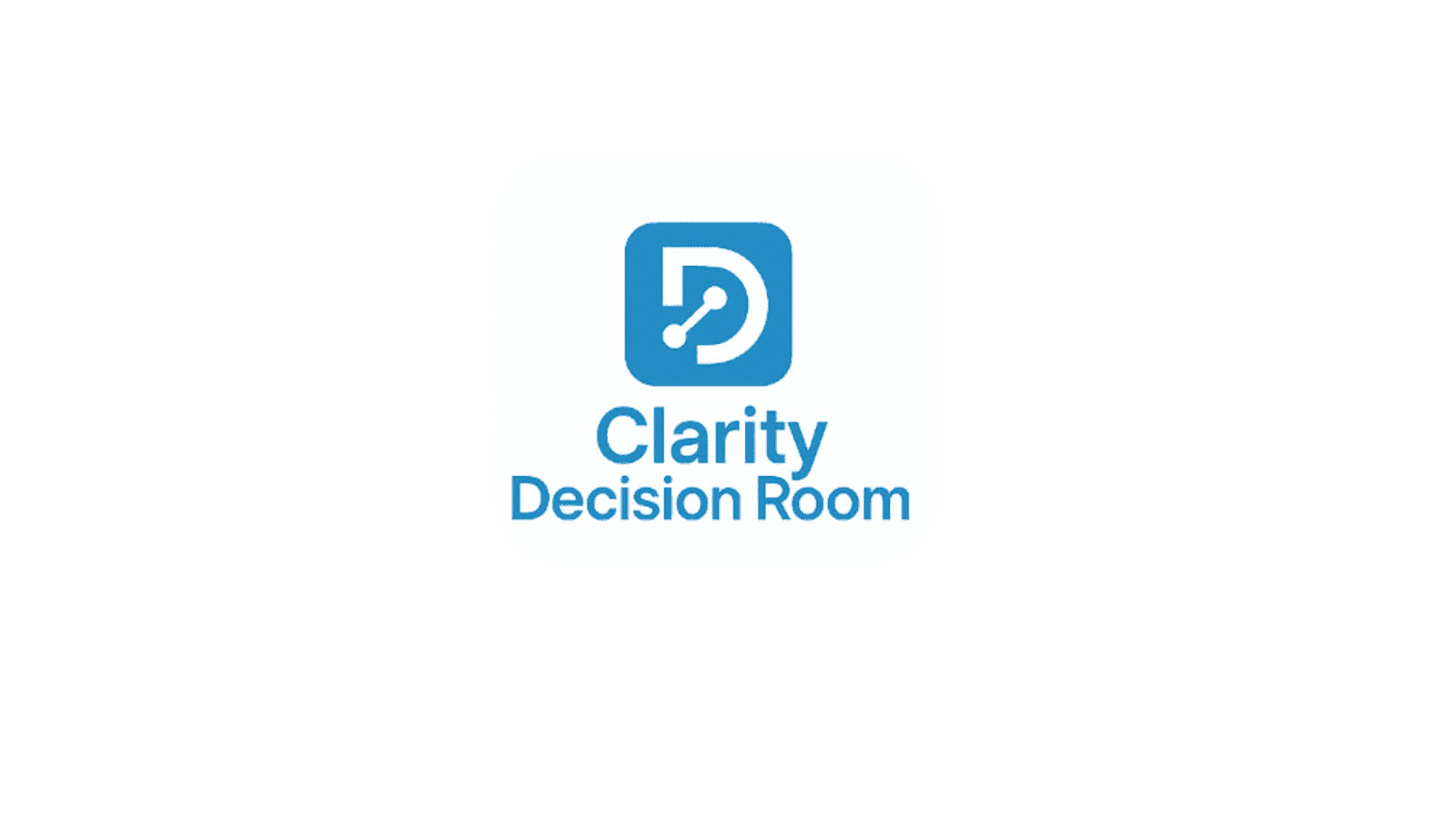Being profitable even in times of turbulence is not unethical
If you are looking for the secret sauce to increasing customer sales, whether you are a B2B or B2C, this week's topic will help.
Behavior economics uses psychology to understand what factors influence people to purchase. If you are wondering where the economics comes in, it is the act of purchasing. We want to know how we can entice people to make purchases. As we know, consumer spending helps stabilize our economy. The more people buy, the better; however, when you are faced with uncertainty, and the internal conversation of a customer is to play it safe, how can we move the needle to take a risk to purchase?
This is when we start to look into the psychology of decisions. Decisions are not rational. Rationally a person will side with their internal thoughts to play it safe and slow or stop discretionary spending. That makes sense because in today's news, we are reading about the tariff wars, and we know eventually, this will trickle down to our budgets. We shouldn't spend until we understand the future state of the GDP; however, this isn't exactly the train of thought we want as for-profit companies, so how do we entice our customers to change their internal narratives? We work with our brain patterns rather than against them.
This time, we are using biases and heuristics to assist in changing the customer's internal narrative by leaning into those biases and heuristics. You may also have heard it described as the proverbial "nudge."
Ethics Check: Remember from our Ethics in Decision Making article that being a profitable company is okay. Being profitable even in times of turbulence is not unethical. Don't shy away from using behavioral economics. It would be worse if our economy collapsed because of good intentions.
If you were able to watch our Webinar Informed Decisions, you might remember the conversation about the availability heuristic, which is the heuristic where people overestimate the importance or likelihood of information that is readily available rather than seeking a representative sample. We cautioned you, the decision maker, against it, but sometimes, you can use this same heuristic to change the internal customer narrative to increase sales. For example, in product marketing, make sure your product is at the forethought (readily available) of your customers' minds. You could do this by using omni-channel marketing and/or hyper-personalization.
Here are additional biases and heuristics used in behavioral economics. How can you leverage these biases and heuristics to nudge your customers to purchase your product or service?
Loss Aversion: The tendency to prefer avoiding losses over acquiring gains
Framing Effects: The influence of presentation format on decision-making
Present Bias: The tendency to prioritize short-term gains over long-term benefits
Social Influence: The impact of social norms and peer pressure on decision-making
